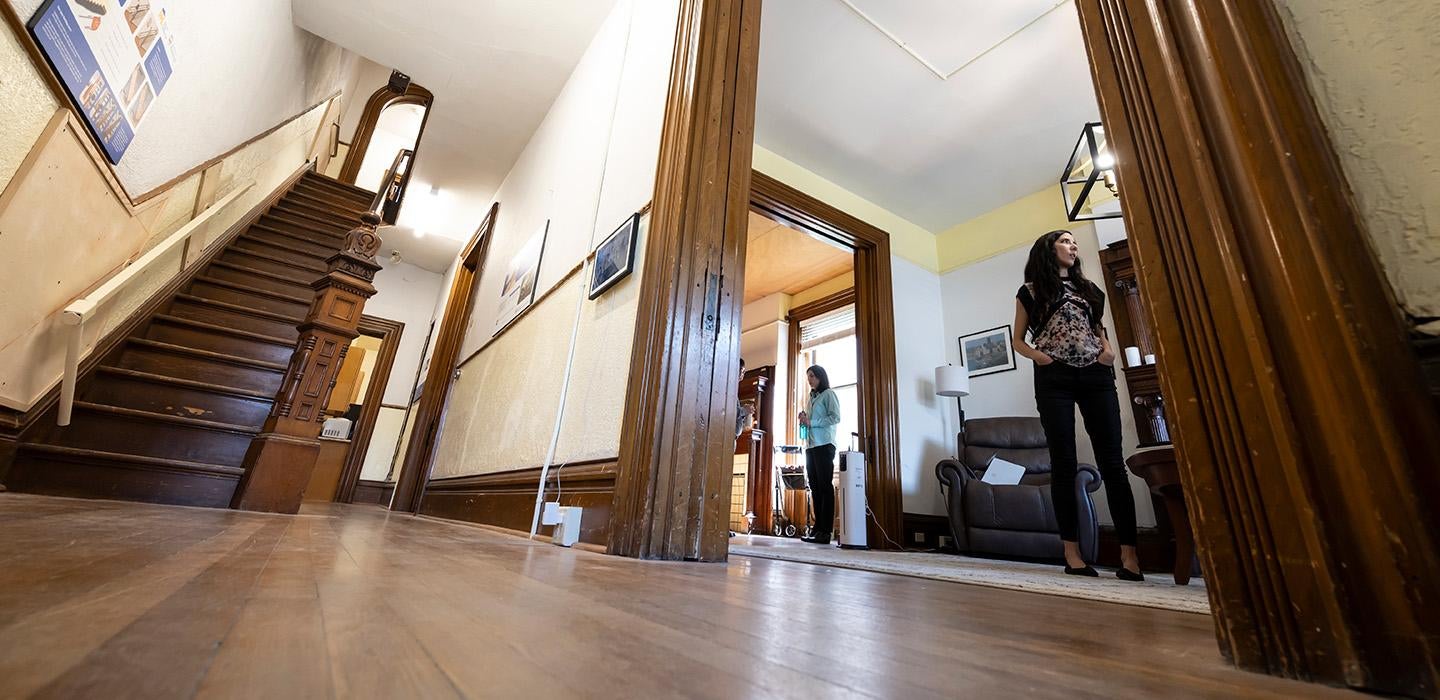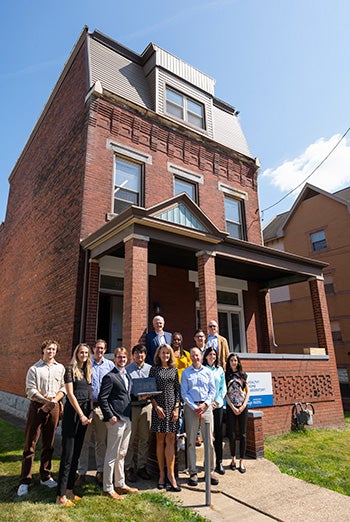
Subscribe to Pittwire Today
Get the most interesting and important stories from the University of Pittsburgh.Falling without the ability to call for help. Trying to get around cramped spaces with wheelchairs and walkers. Getting up and down steep staircases. These are just a few of the challenges 78-year-old strengthening and balance exercise leader Karen Miller said her South Side Senior Center class attendees share with her each Tuesday.
The Millvale native has spent her life in Pittsburgh — a city, she said, that hasn’t made design considerations for older populations. That was a prime reason she and her husband opted to move into a single-floor apartment in a high rise in Point Park 24 years ago.
“You’re in your home and you’ve done fine,” said Miller. “Then suddenly, you’re not fine and you can't get out to be mobile and you are in a bad place.”
But not every older adult can move to a home suited for their needs, and only 10% of U.S. homes are ready to accommodate older populations. The University of Pittsburgh’s Healthy Home Lab (HHL) is finding solutions to help more older adults make their current homes safe and accessible, while maintaining their agency and quality of life.
Purchased in April 2022, the community laboratory is an actual house — a quintessential Western Pennsylvania home built in 1860, complete with a long walk from on-street parking, stairs at the entrance and three floors to climb inside. It even has a “Pittsburgh Potty.”
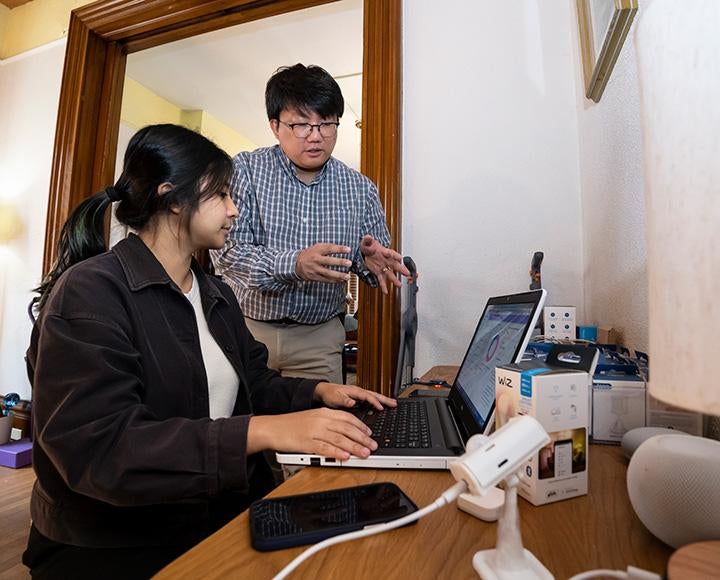
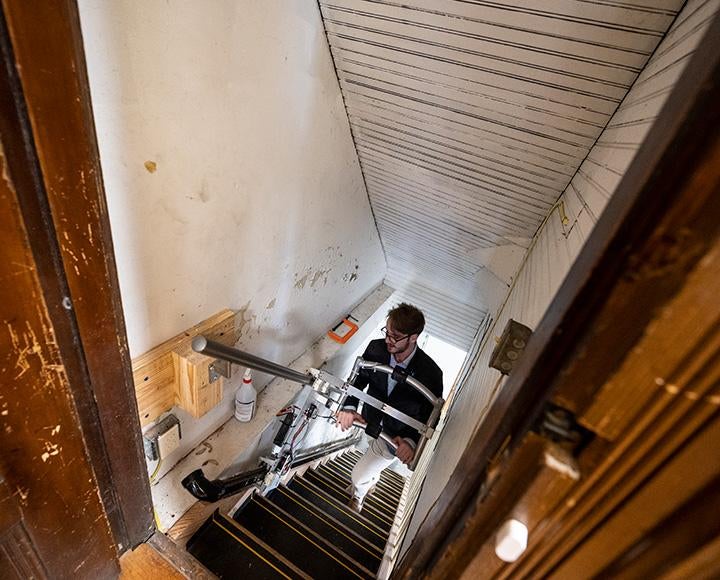
Led by the School of Health and Rehabilitation Sciences, Pitt researchers from the School of Medicine, School of Public Health, Swanson School of Engineering and beyond are collaborating with community partners such as the Area Agency on Aging (AAA) in the Allegheny County Department of Human Services, Women for a Healthy Environment, Age-Friendly Greater Pittsburgh and the UPMC Health Plan. With these partners, the University is conducting hands-on research to develop and improve assistive and smart-home technology to better support older adults and people with disabilities.
Miller decided to tour the lab-house to learn about its offerings and the kinds of local research happening to support older communities. “The lab is great and offers a lot of things that are so helpful and can prevent falls,” Miller said, citing simple modifications, such as technology to automatically turn lights off and on. “Those things were fabulous.”
She is one of more than 1,000 older adults in the region who, as part of the HHL Research Registry, will leverage the lab to preview how technology can make their later years freer and fuller.
Location, location, location
Pittsburgh is the ideal city to test out and create solutions for aging in place, according to Health Policy Institute and HHL executive director Everette James. The city leads the nation with 56.5% of homeowners over 65 living in their homes for more than 30 years, compared to 38% in the U.S. as a whole. And yet, until recently, there was no unified effort to tackle the practical challenges of aging in place at Pitt.
“At the University we had pockets of research focused on narrow aspects of supporting people in home and community-based settings, but didn’t have a real-world laboratory for this critically important work,” said James.
Thus, the lab was born.
“It looks like a typical house that your grandma might live in, and that is really resonating with people,” said occupational therapy professor and senior leader in the lab Pamela Toto (SHRS ’89, ’96G, ’10G), who has over 20 years of experience studying aging in place.
Toto said the lab’s resemblance to everyday homes — both structurally and as decorated by three occupational therapy doctoral students and facilities staff, who furnished the place through yard sales, thrift stores and online shopping — “helps researchers understand the challenges better.”
She envisions the lab as bridging practice, research, education and technology.
Research in the lab culminates in home assessments designed to combine evidence-based support services, inexpensive home modifications and technology to create customized solutions older adults can bring into their own homes.
Those solutions focus on access, mobility, safety, independence in daily activities and smart-home technologies, which often involve universal rail systems and reactive support and powered assistive devices for stair climbing (called Mobius, Safestep and RailBot, respectively). Other approaches include smartphone applications that help with environmental assessments and tasks like medication management.
The HHL team also aims to guide product development standards in the future, especially as lower-tech solutions like annual home safety assessments, in-home services focused on installation and training and devices including grab bars and shower chairs are becoming more common.
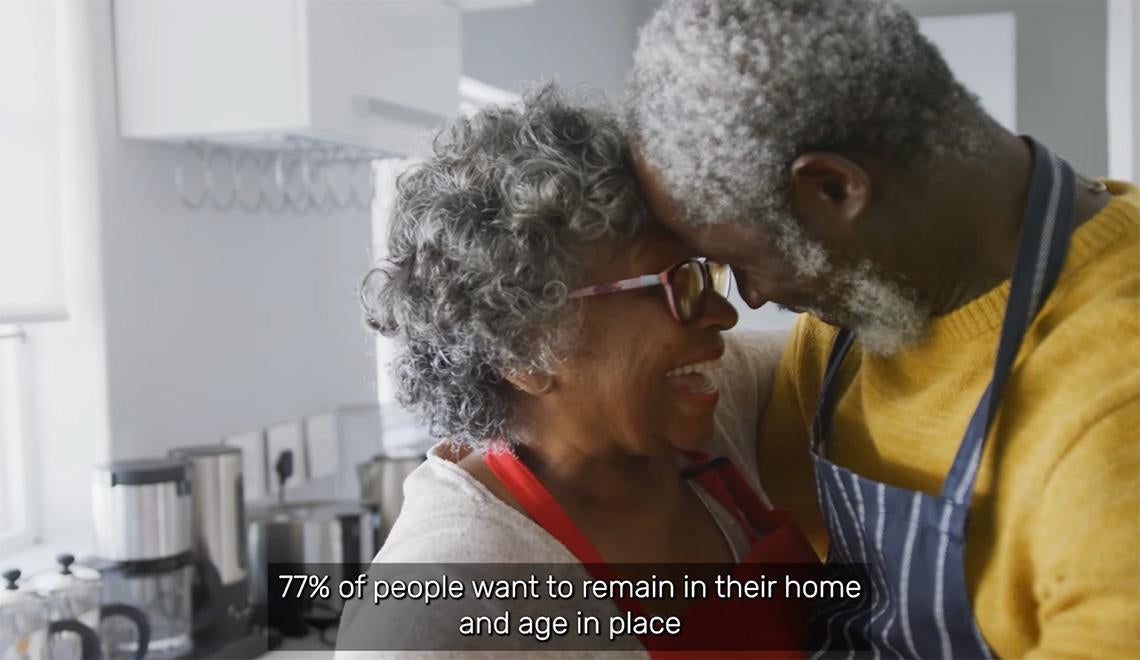
Unique needs, personalized solutions
Along with creating and testing modifications for older adults’ homes, the lab also serves as a training facility for health professionals, contractors and community health workers who will install such devices and train consumers on how to use them. Since January 2023, older adults and people with disabilities have been able to try out new technologies in the lab and provide feedback. Eventually, testing will move to individuals’ homes and upgrades will be installed.
The lab isn’t focused on remodeling homes; rather, team members make small fixes, introduce technology and show people safer ways to accomplish tasks. The team is even working with insurance companies, the county and Medicaid to secure reimbursement for home modifications and training that improve the health and independence of older adults.
“We start by identifying and understanding a need based on the actual user,” said the lab’s technical director Jon Pearlman, who oversees design and evaluation at various stages of the innovation cycle, focusing on simplicity and ease of use.
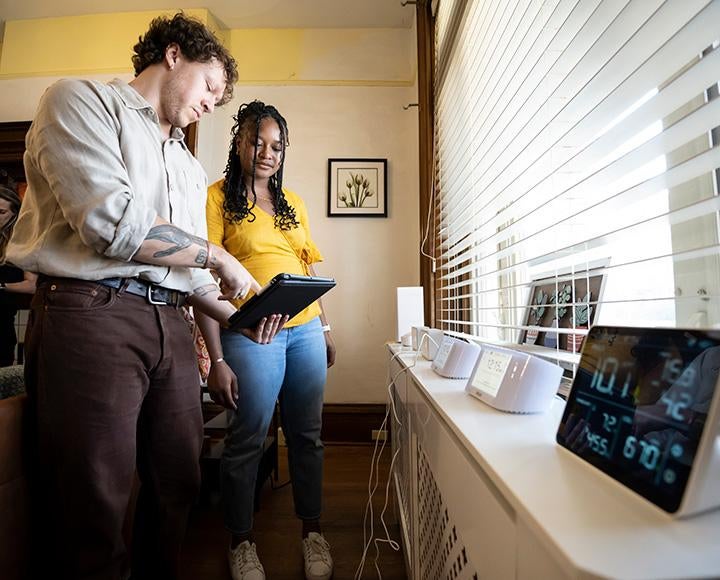
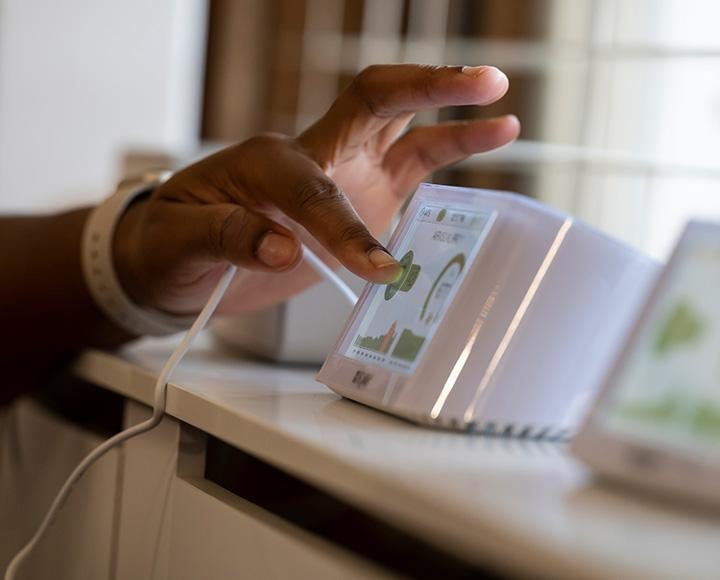
After identifying a person’s needs and the environmental hazards they face, Pearlman said, researchers explore possible situations older adults or caregivers might encounter, capturing input from a creative team that includes clinicians, engineers and experts in policy and reimbursement. Designs then undergo several iterations before one or two are chosen for further review.
The lab’s philosophy is to fill gaps in the current market by enhancing existing products and services and developing entirely new solutions to support successful aging in place. One barrier they anticipate will grow more common is labor shortages as health care continues to migrate away from institutional settings to meet consumer preference.
“We will never have enough nurses, occupational therapists, physical therapists, community health workers, social workers [or] personal care aides to provide skilled services or care for this expanding population in their homes,” said James. “Work being done in the HHL combines smart-home technology, mobility devices and tech-enabled service delivery models to alleviate workforce shortages and help older adults better self-manage their health, maximize safety and extend independence.”
Maintaining older adults’ possibilities
One early trialist of the lab is 67-year-old Andrea Betts. The Hazelwood native has systemic lupus and, after having a stroke six years ago, uses a wheelchair. She’s lived in her home for 15 years, and while she recognized challenges of aging in place before, she said they’ve only become more evident.
Many once-normal activities have gotten harder, she said: “Going out to get groceries, getting to doctors to keep up your health, preventing isolation from social events, going to church, sitting outside to watch sunup, sundown, beauty in nature.” All of this is made more challenging by her disability and her position as a racial minority, she said. But the efforts of the HHL have provided a sense of hope and possibility.
“I hope the things [the HHL] is exploring can help people stay in their home — because when you get older and have to either go to a nursing home or hospitals, some people give up living because they can’t do things they normally do,” Betts said. “Even though the body might not work, the mind still does, so there’s things you still want to do.”
Emphasizing the capabilities of those like Betts with aging-related problems is an important part of the lab’s approach, according to Toto.
“As we get older, health care tends to be very deficit-focused,” said Toto. “With the Healthy Home Lab, we’re trying to take a positive lens, meeting people where they are and looking at their strengths. You may have bad knees, but you have a strong brain. We can teach you to use a new device, so you can still go up and down the stairs.”
Those aims have blossomed into a larger philosophy, Toto said, of fostering empathy and knowledge — part of a collective goal to encourage people to think differently about how older adults can live and operate.
“The whole team has embraced how great aging can be and lifting people up with a few tweaks to help them stay in their home, healthy, well and independent,” said Toto. “One could argue it’s an occupational justice that we have a right to age well, [and] that attitude permeates into how we help older adults.”
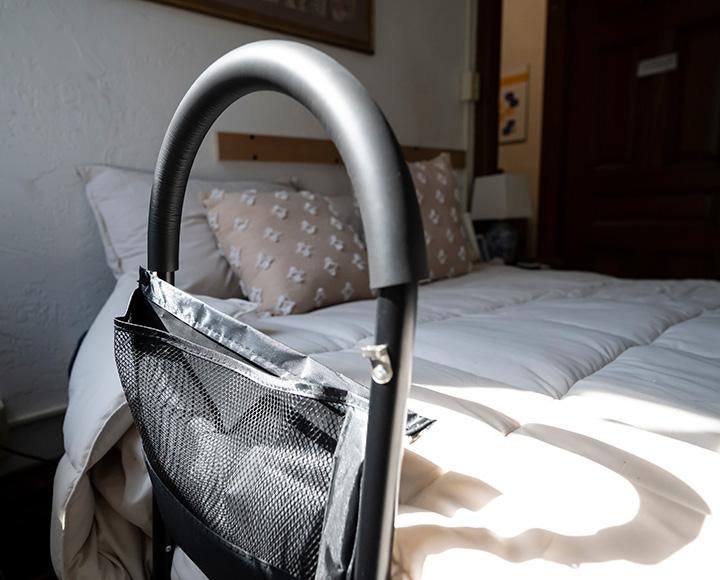
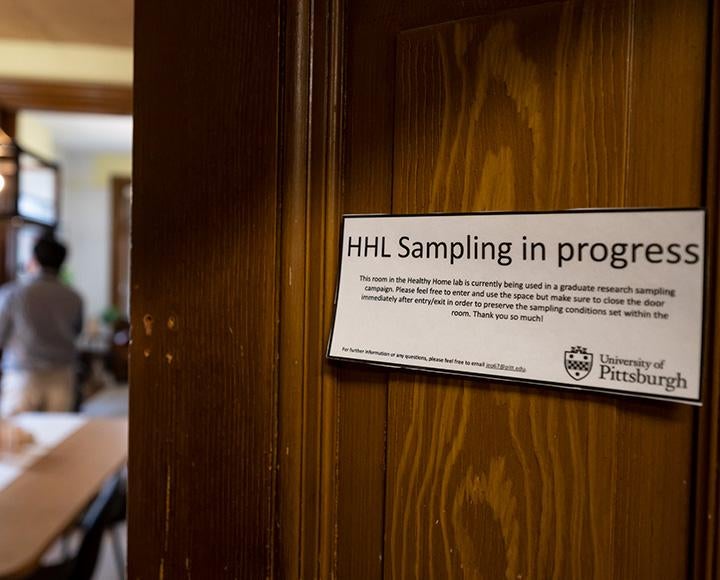
A home-grown movement
For as innovative as the HHL is, there are barriers to aging at home that extend far beyond a single South Oakland property. With home health workforce shortages and lack of insurance coverage, family members are bearing more of the daily caregiving responsibilities.
To address some of these challenges in low-income populations, Medicaid has been expanding services to vulnerable older adults who want to remain at home. Medicare Advantage plans are increasingly covering in-home supports and services, and the VA is providing home-based primary care and community support for veterans and their families.
But in James’ view, additional policy changes are necessary to ensure federal and state programs actually address — and cover — people’s needs.
“Traditionally, our health care system has not been set up to support people who want to age in place,” he said. “It’s moving in that direction, but we have a ways to go.”
To address this gap, James and other Pitt researchers looked to collaborations with local institutions expanding the region’s age-at-home movement. The presence of innovative providers like UPMC, an early advocate of adopting aging-in-place services like the Stay Safe at Home benefit, presents unique partnership opportunities.
“We are partnering with UPMC and the UPMC Health Plan to develop comprehensive solutions for aging in place, to make things better for Western Pennsylvania residents,” said James. “We’re fortunate to have the expertise and strategic vision of an integrated health system and are well on our way to being national leaders in this area.”
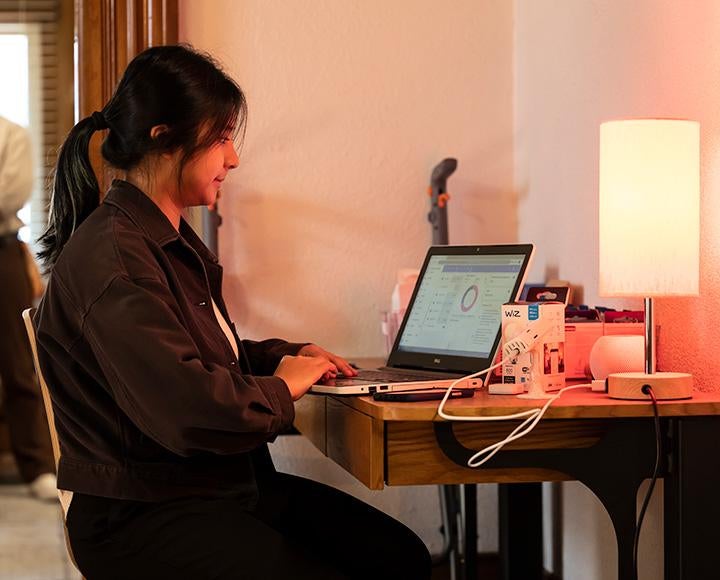
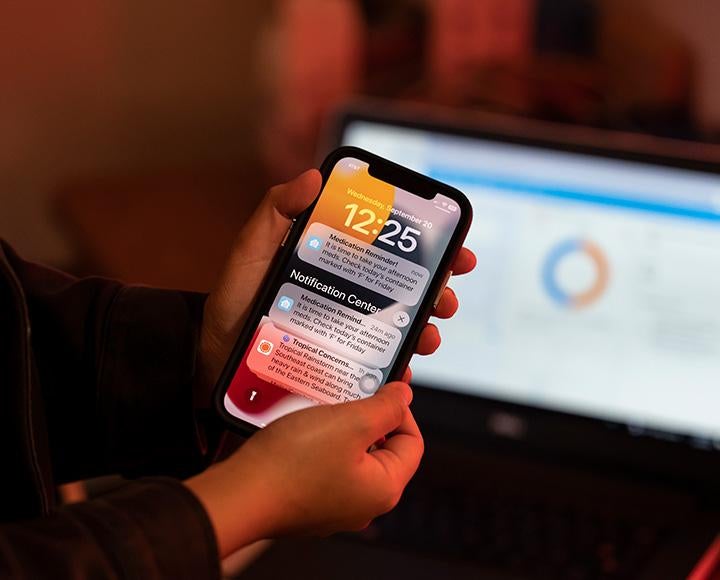
Community partners are also imperative to making this happen. While AAA manages, directs and coordinates public services for 40,500 people over age 60 each year, the Community Aging in Place — Advancing Better Living for Elders (CAPABLE) program with Pitt, led by Toto in partnership with the AAA, provides resources to county residents, including training on activities of daily living and installation of minor home modifications.
“We’re supporting daily living experiences so people can stay in their homes,” said AAA Deputy Director Shannah Gilliam, a developmental psychologist. Gilliam and her team of care managers visit older adults to discuss challenges and goals, social activity planning to reduce isolation, meal deliveries, collaboration with home modification contractors and more. And that team is also connecting 100 adults in the area to the HHL.
“The partnership is a first of its kind in demonstrating and testing technology in context, particularly in its region,” she said.
Along with the technological know-how and research infrastructure, the lab brings an important force to the table: an ability to unify the right people at the perfect time.
“Around the country and the world, you find groups focusing on different dimensions of this challenge,” said Pearlman. “Often, they’re not thinking about the whole ecosystem, [but] at Pitt, [with] our partners, we have all the stakeholders to drive the priorities and create practical solutions. Bringing together Pitt and UPMC’s experts and collaborating closely with the local community, that’s the secret sauce that allows us to advance to the state of the art quicker.”
— Kara Henderson, photography by Aimee Obidzinski


